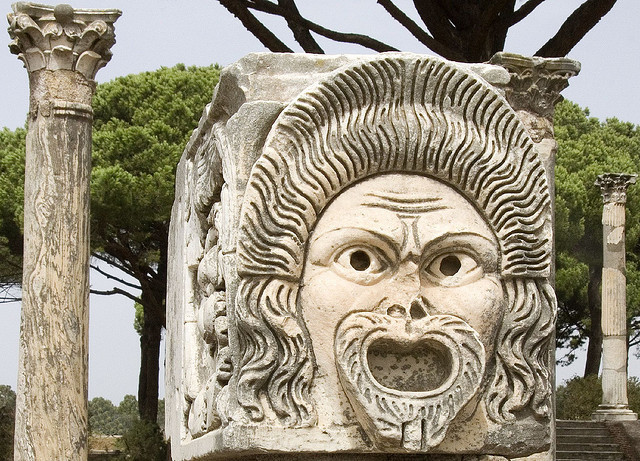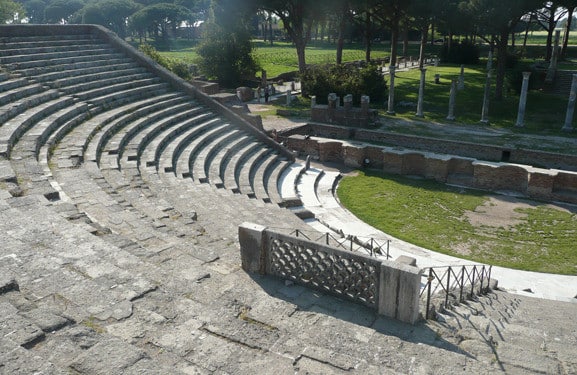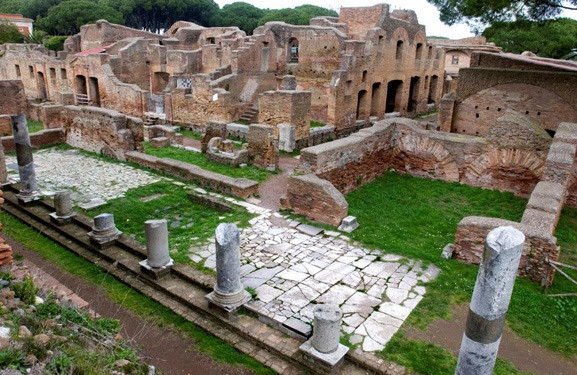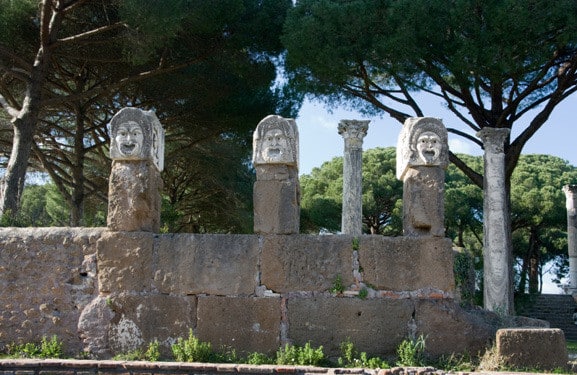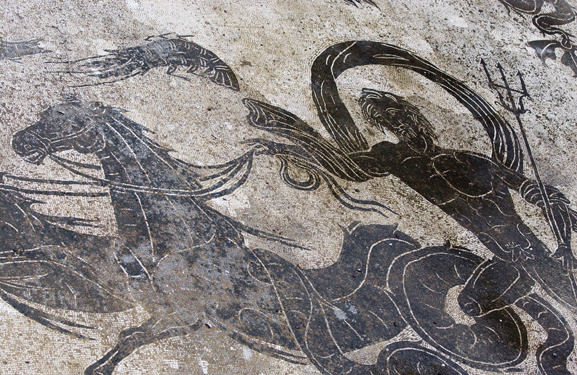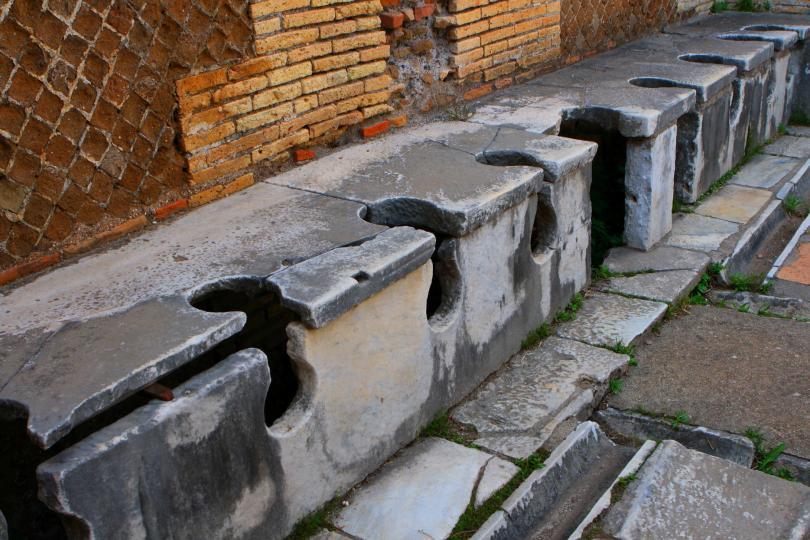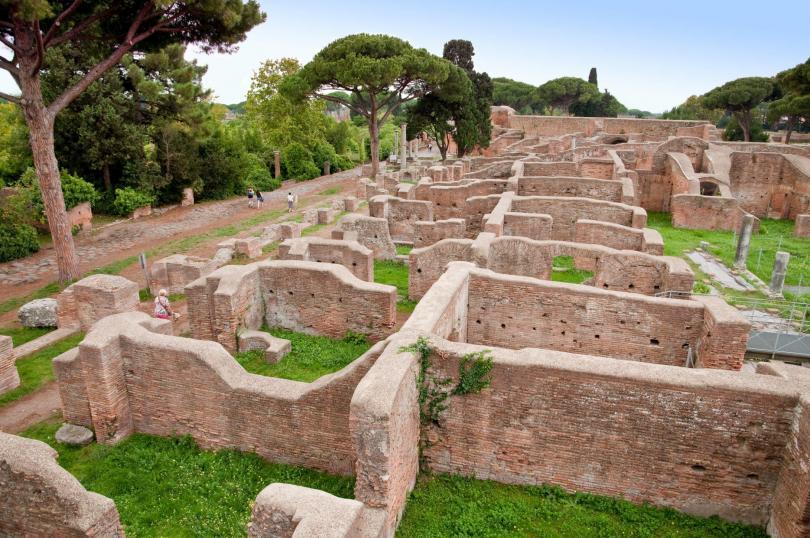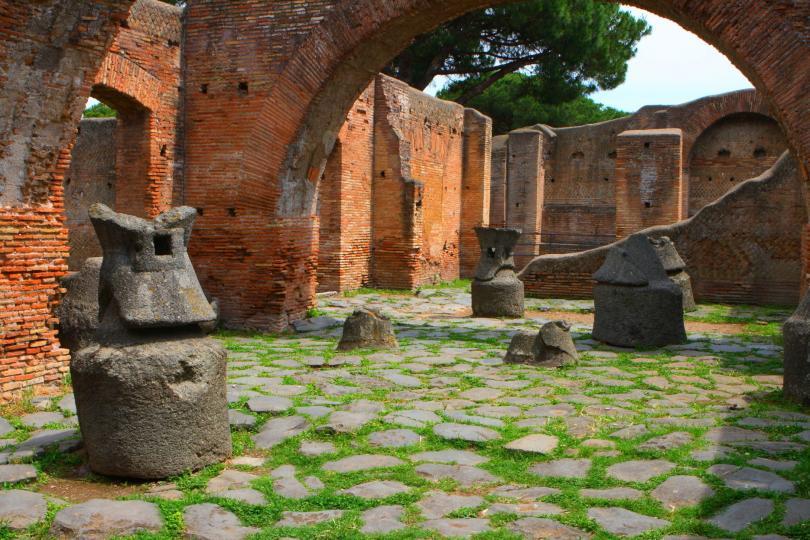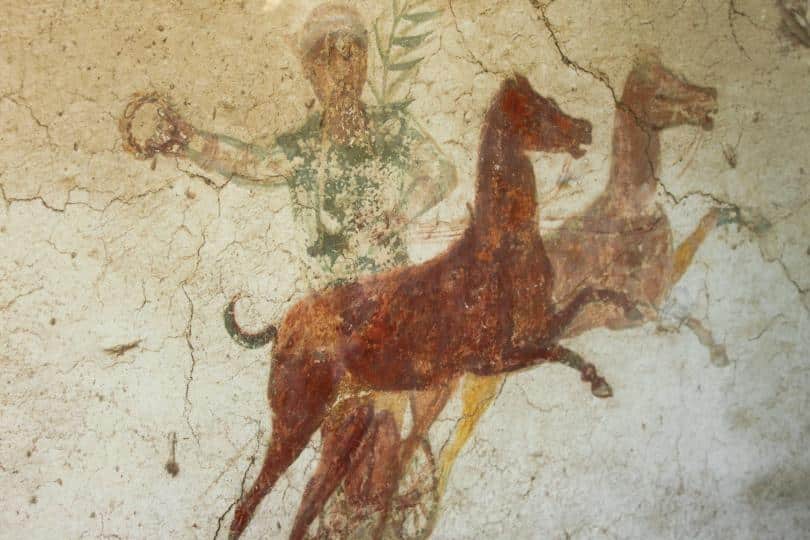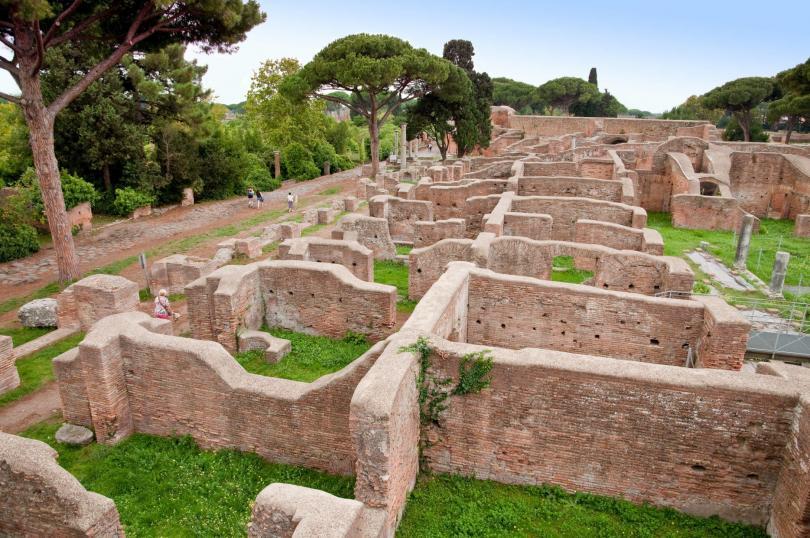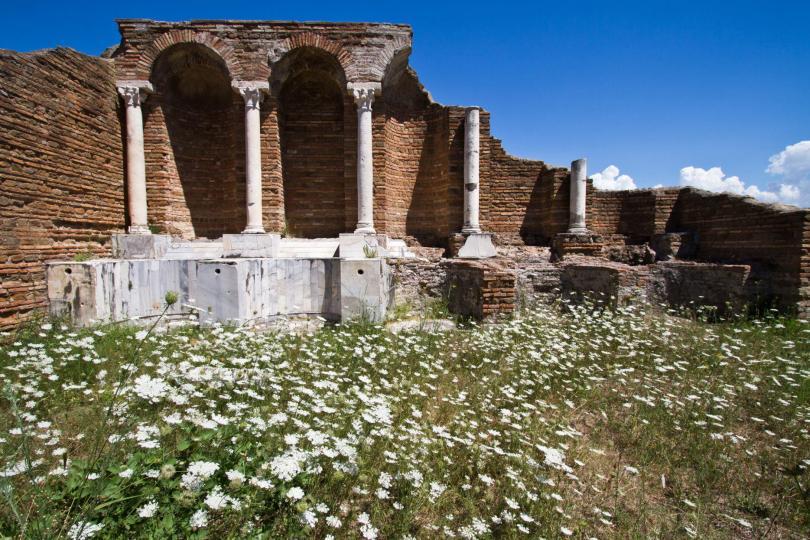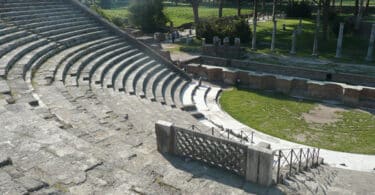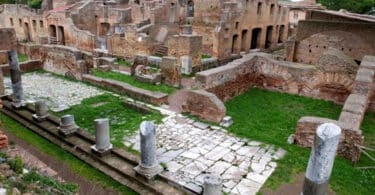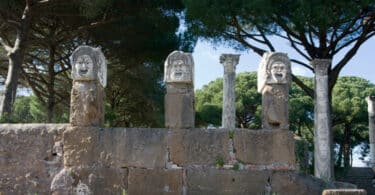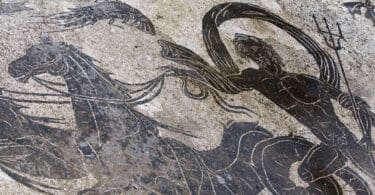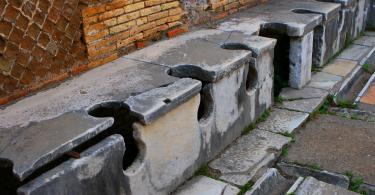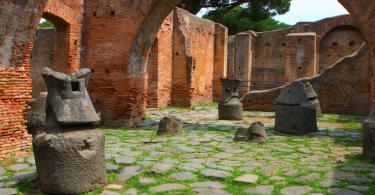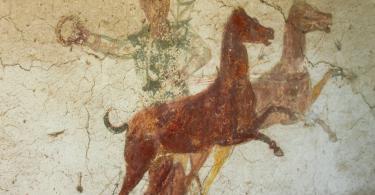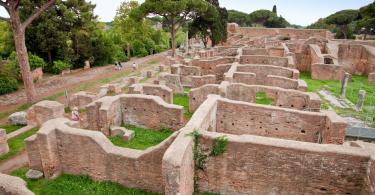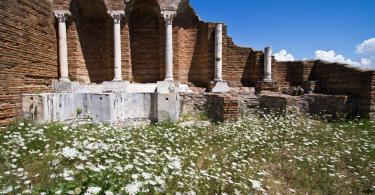240 Reviews
from €59.00 EUR
Duration: 4 Hours
Organized by: City Wonders
Immerse yourself in the wonders of Ostia Antica, a beautifully preserved archaeological site founded in the 4th century BC. Once home to over 100,000 Roman citizens, this ancient city offers a unique glimpse into the everyday lives and societal structures of Roman times.
The Journey Begins: Train Ride from Rome to Ostia Antica
Your adventure starts with a comfortable train ride from Rome to Ostia Antica, accompanied by an expert guide who will provide an engaging account of the city’s rise and fall. Upon arrival, you will be transported back in time as you explore the city’s well-preserved remains.
Exploring Ostia Antica: Top Attractions and Historical Insights
- Strolling the Decumanus Maximus: Walk along the main Decumanus Maximus thoroughfare as your guide brings the stones to life with vivid historical descriptions. Admire the Roman statues lining the walkways, and feel as though you are walking in Ancient Rome itself.
- The Baths of Neptune: Discover the Baths of Neptune, adorned with an impressively intact mosaic of the sea god being drawn by a four-horse chariot. Uncover the significance of these ancient thermal baths and learn about their importance in Roman society.
- The Amphitheater: Imagine the roar of the crowds at the amphitheater and take your place in the stands, just as 3,500 spectators would have done in 12 BC when it was first built. Your guide will share fascinating facts about the events held here and the architectural marvels of this ancient structure.
- The Forica (Public Washrooms): Experience the communal Forica, where a marble bench is lined with 20 well-spaced holes along four walls of a large open room. Take a seat to appreciate one of the more natural and human aspects of Ancient Rome.
Ending Your Tour: Return to Rome or Explore Modern Ostia
At the end of your tour, you have the option to remain in Ostia Antica and explore the modern city of Ostia, or visit a nearby beach. Alternatively, you can join your guide on the train back to Rome, marking the end of the tour services.
By joining this comprehensive half-day tour from Rome to Ostia Antica, you’ll have the opportunity to explore the rich history and remarkable preservation of this ancient harbor town. Your expert guide will offer detailed insights into the daily lives of ordinary Roman citizens and the city’s most significant attractions. Whether you choose to continue exploring modern Ostia or return to Rome, this unique experience is sure to be an unforgettable part of your Italian adventure.
- Don’t miss the train journey to the historical harbor town of Rome,
- Stroll around on the streets where once ancient Romans walked,
- Try public toilets communal toilets!
- You choose: Go to the beach or enjoy & explore Ostia more.
- Free cancellation: Cancel up to 24 hours in advance for a full refund.
- Reserve now & pay later: Keep your travel plans flexible — book your spot and pay nothing today.
If we believe Virgil, it was on this, the left bank of the Tiber estuary (ostium) that Aeneas, the Father of the Latin race, landed after fleeing from Troy.
What was an area of marshland was doubtless very soon colonised for its salt and as early as the fourth century BC it had become Rome’s official port. After serving as a military arsenal during the wars against Carthage, Ostia rapidly became the jumping-off point for Roman expansion in the Mediterranean.
Its golden age was the early empire, when it was a flourishing centre of international commerce and home to some 50,000 inhabitants. Into its wharves and warehouses flowed provisions from all over the Roman world, the most vital being the grain which fed the capital. But already Ostia’s storage capacity was proving unequal to the demand.
In addition, shipping using the Tiber mouth had to contend with shoals and sudden squalls. The emperors Claudius (41—54) and Hadrian (117-138) created artificial harbours further to the north that enjoyed the advantage of being linked directly to the sea. This marked the beginning of Ostia’s decline, a process hastened by the silting up of the port and the gradual retreat of the sea. In the fifth century, the town was abandoned by the last survivors of malaria epidemics.
from €7.00 EUR
Seller: Tiqets
4.230 Reviews
from €89.00 EUR
Duration: 50 Minutes-1 Hour
Organized by: Airport Shuttle Italy
1.785 Reviews
from €40.00 EUR
Duration: 45 Min.
Organized by: Welcome Italy
3.170 Reviews
from €15.00 EUR
Seller: Tiqets
from €20.00 EUR
Seller: Tiqets
from €6.00 EUR
Duration: 90 Min.
Seller: Tiqets
from €33.00 EUR
Seller: Rome Pass
from €85.00 EUR
Duration: 4 Hours
Organized by: Enjoy Rome
917 Reviews
from €114.00 EUR
Duration: 4 Hours
Seller: Eating Europe
2.864 Reviews


